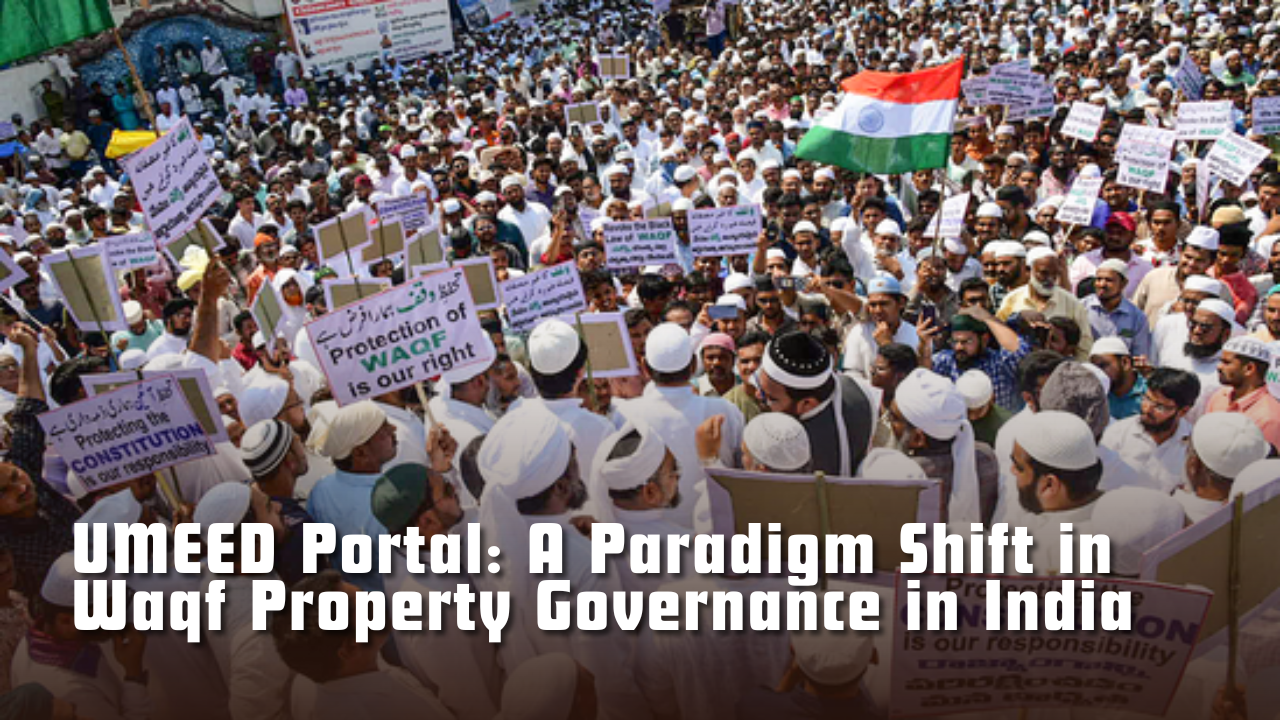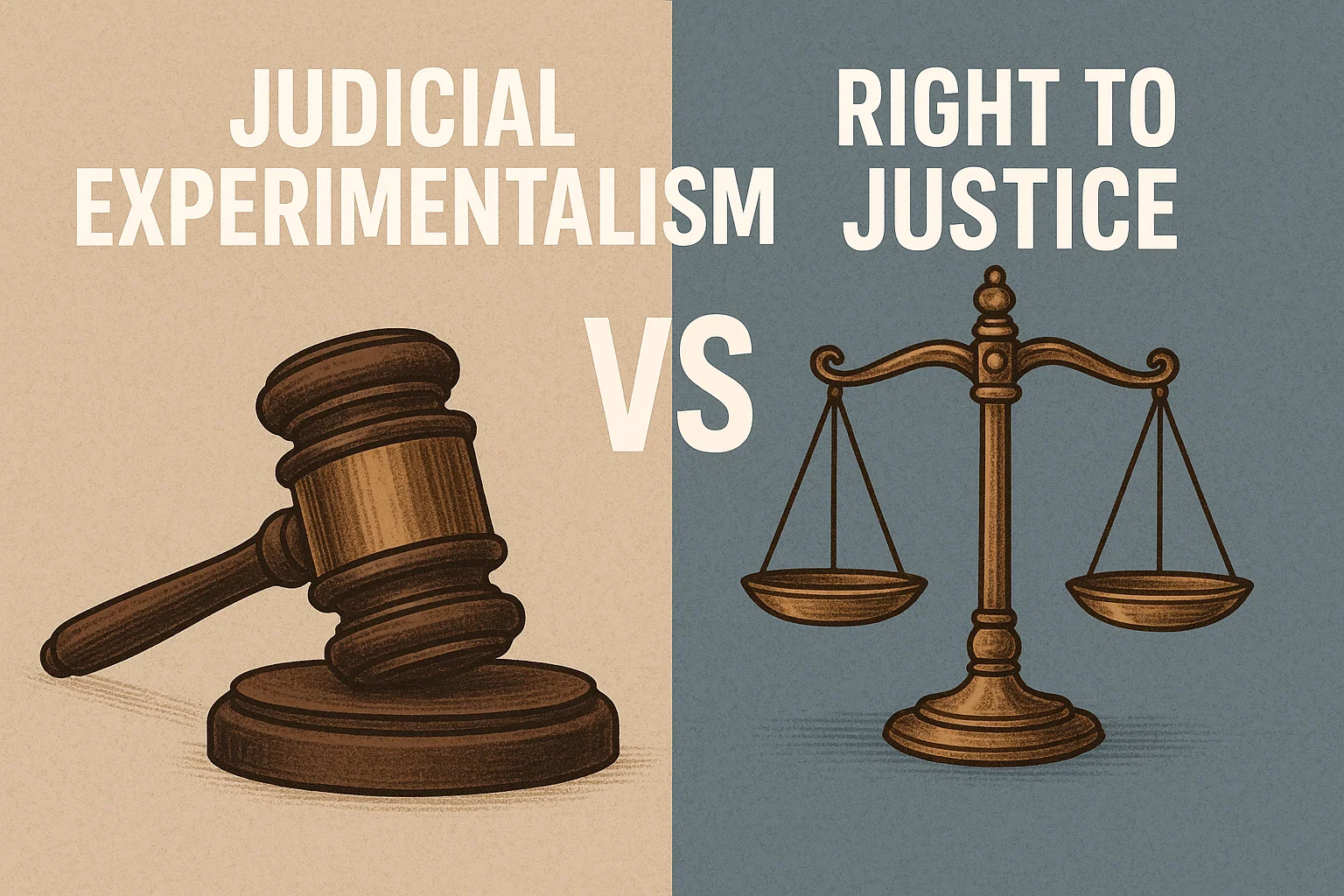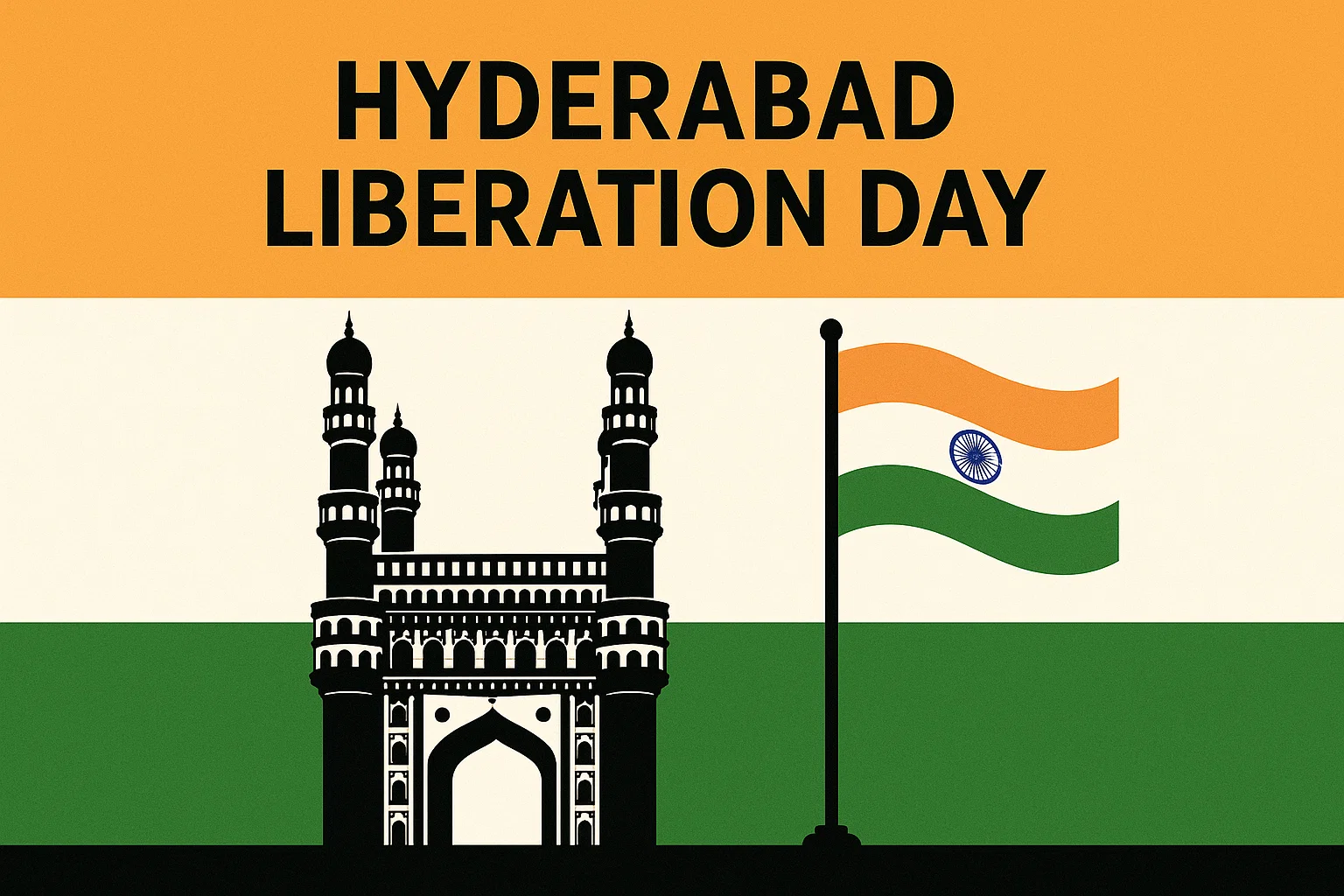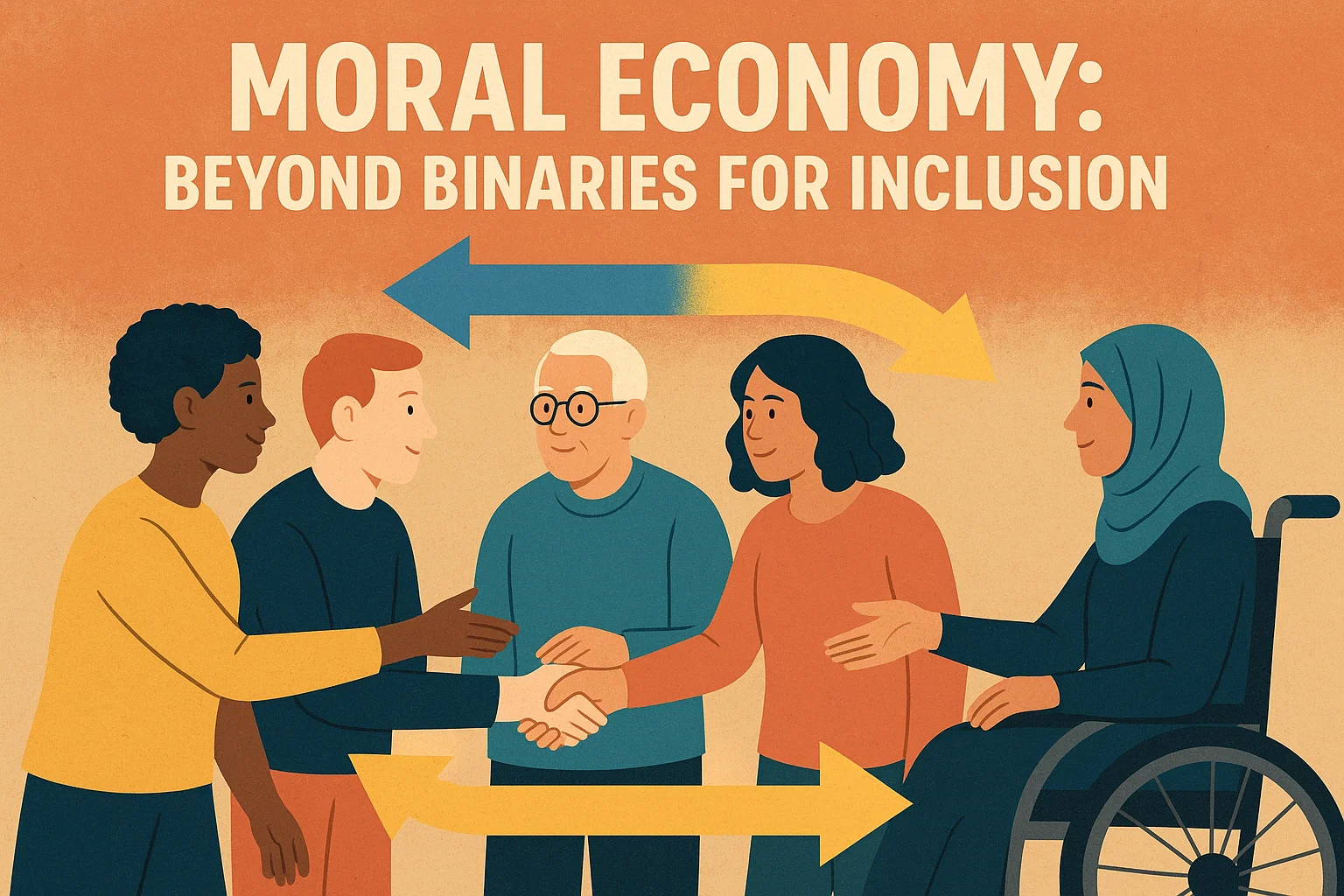UMEED Portal: A Paradigm Shift in Waqf Property Governance in India
Context: In a historic move to digitise and streamline the administration of Waqf properties in India, the Union Minister for Minority Affairs, Kiren Rijiju, launched the Unified Waqf Management, Empowerment, Efficiency and Development (UMEED) Portal on 6th June 2025 in New Delhi. Developed under the Ministry of Minority Affairs, this initiative seeks to bring greater transparency, accountability, and efficiency in Waqf property governance.

About the UMEED Portal
Developed By: The Ministry of Minority Affairs, Government of India, developed the UMEED Portal as a part of its digital empowerment initiatives for minority communities.
Need for Launching this Portal Now
- Widespread Mismanagement Allegations: Numerous reports over the years have highlighted the lack of accountability and misuse of Waqf properties by local boards or custodians.
- Inaccessibility of Records: The absence of digitised inventories has made verification and legal enforcement extremely difficult.
- Lack of Public Participation: The Waqf system, though meant for the welfare of the Muslim community, has often operated in isolation from the beneficiaries.
- Push for Digital Governance: UMEED aligns with broader Digital India objectives, encouraging tech-driven public asset management.
- Vulnerability of Beneficiaries: Waqf assets are intended primarily for the upliftment of the poor, particularly Muslim women and children, who often remain excluded due to lack of transparency.
How UMEED Portal solves Waqf Property Governance in India ?
- Empowering the Muslim Community: By ensuring proper utilisation of endowed assets for education, health, livelihood, and welfare.
- Historic Reform: Marks a long-awaited structural change in Waqf property administration by integrating modern technology.
- Enhanced Accountability: Centralised monitoring and public scrutiny reduce the scope for corruption or arbitrary usage.
- Institutional Strengthening: Positions the Waqf boards as digitally equipped institutions aligned with modern governance norms.
- Social Justice & Inclusion: Ensures that the benefits of Waqf assets are equitably distributed among marginalised sections.
Challenges Still Remaining in Monitoring Waqf Properties
- Resistance from Entrenched Interests: Some local Waqf officials or vested groups may resist transparency measures.
- Incomplete Data & Legacy Records: Digitisation of decades-old property records could be error-prone or disputed.
- Legal Complexities: Many Waqf properties are mired in litigation or lack clear title deeds.
- Capacity Constraints: Lack of technical know-how at the Waqf board level may hamper effective implementation.
- Digital Divide: Beneficiaries in remote or rural areas may not have access to online grievance mechanisms.
Way Forward:
- Capacity Building and Training: Regular training programs must be conducted for Waqf board officials and staff to equip them with the necessary digital and legal skills required for effective portal usage and property management.
- Legal and Record Reforms: A coordinated drive to digitise, verify, and resolve legacy property records and disputes should be undertaken, involving legal experts and state governments to streamline ownership and usage rights.
- Community Engagement and Digital Inclusion: Awareness campaigns and local outreach initiatives should be launched to educate beneficiaries, especially in rural areas, on using the portal and accessing benefits, thereby ensuring equitable and inclusive access to Waqf resources.
Subscribe to our Youtube Channel for more Valuable Content – TheStudyias
Download the App to Subscribe to our Courses – Thestudyias
The Source’s Authority and Ownership of the Article is Claimed By THE STUDY IAS BY MANIKANT SINGH





